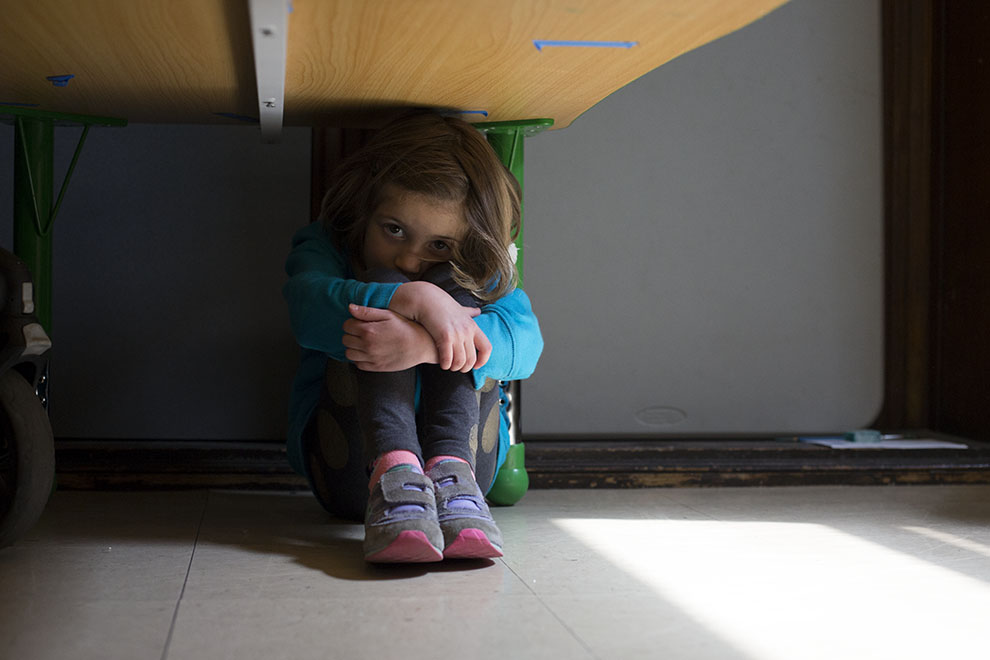

This support should continue throughout the containment phase to minimize persistent scars that could emerge from subdued investment and job losses in this severe downturn. The large, timely, and targeted, fiscal, monetary, and financial policies already taken by many policymakers-including credit guarantees, liquidity facilities, loan forbearance, expanded unemployment insurance, enhanced benefits, and tax relief-have been lifelines to households and businesses. While the economy is shut down, policymakers will need to ensure that people are able to meet their needs and that businesses can pick up once the acute phases of the pandemic pass. A global effort must ensure that when therapies and vaccines are developed both rich and poor nations alike have immediate access. Countries should continue to spend generously on their health systems, perform widespread testing, and refrain from trade restrictions on medical supplies. In this sense, there is no trade-off between saving lives and saving livelihoods. In such cases, global GDP would fall even further: an additional 3 percent in 2020 if the pandemic is more protracted this year, while, if the pandemic continues into 2021, it may fall next year by an additional 8 percent compared to our baseline scenario.įlattening the spread of COVID-19 using lockdowns allows health systems to cope with the disease, which then permits a resumption of economic activity. The pandemic may not recede in the second half of this year, leading to longer durations of containment, worsening financial conditions, and further breakdowns of global supply chains. What I have described is a baseline scenario but, given the extreme uncertainty around the duration and intensity of the health crisis, we also explore alternative, more adverse scenarios. Both advanced economies and emerging market and developing economies are expected to partially recover in 2021. Income per capita is projected to shrink for over 170 countries. Emerging market and developing economies with normal growth levels well above advanced economies are also projected to have negative growth rates of -1.0 percent in 2020, and -2.2 percent if you exclude China. For this year, growth in advanced economies is projected at -6.1 percent. Moreover, several economies entered this crisis in a vulnerable state with sluggish growth and high debt levels.įor the first time since the Great Depression both advanced economies and emerging market and developing economies are in recession. Emerging market and developing economies face additional challenges with unprecedented reversals in capital flows as global risk appetite wanes, and currency pressures, while coping with weaker health systems, and more limited fiscal space to provide support. Countries reliant on tourism, travel, hospitality, and entertainment for their growth are experiencing particularly large disruptions. This is a truly global crisis as no country is spared. The cumulative loss to global GDP over 20 from the pandemic crisis could be around 9 trillion dollars, greater than the economies of Japan and Germany, combined. This recovery in 2021 is only partial as the level of economic activity is projected to remain below the level we had projected for 2021, before the virus hit.

This makes the Great Lockdown the worst recession since the Great Depression, and far worse than the Global Financial Crisis.Īssuming the pandemic fades in the second half of 2020 and that policy actions taken around the world are effective in preventing widespread firm bankruptcies, extended job losses, and system-wide financial strains, we project global growth in 2021 to rebound to 5.8 percent.

This is a downgrade of 6.3 percentage points from January 2020, a major revision over a very short period. Under the assumption that the pandemic and required containment peaks in the second quarter for most countries in the world, and recedes in the second half of this year, in the April World Economic Outlook we project global growth in 2020 to fall to -3 percent. Policymakers are providing unprecedented support to households, firms, and financial markets, and, while this is crucial for a strong recovery, there is considerable uncertainty about what the economic landscape will look like when we emerge from this lockdown. In addition, many countries now face multiple crises-a health crisis, a financial crisis, and a collapse in commodity prices, which interact in complex ways. A lot depends on the epidemiology of the virus, the effectiveness of containment measures, and the development of therapeutics and vaccines, all of which are hard to predict. This is a crisis like no other, and there is substantial uncertainty about its impact on people’s lives and livelihoods. April World Economic Outlook projects global growth in 2020 to fall to -3 percent.


 0 kommentar(er)
0 kommentar(er)
